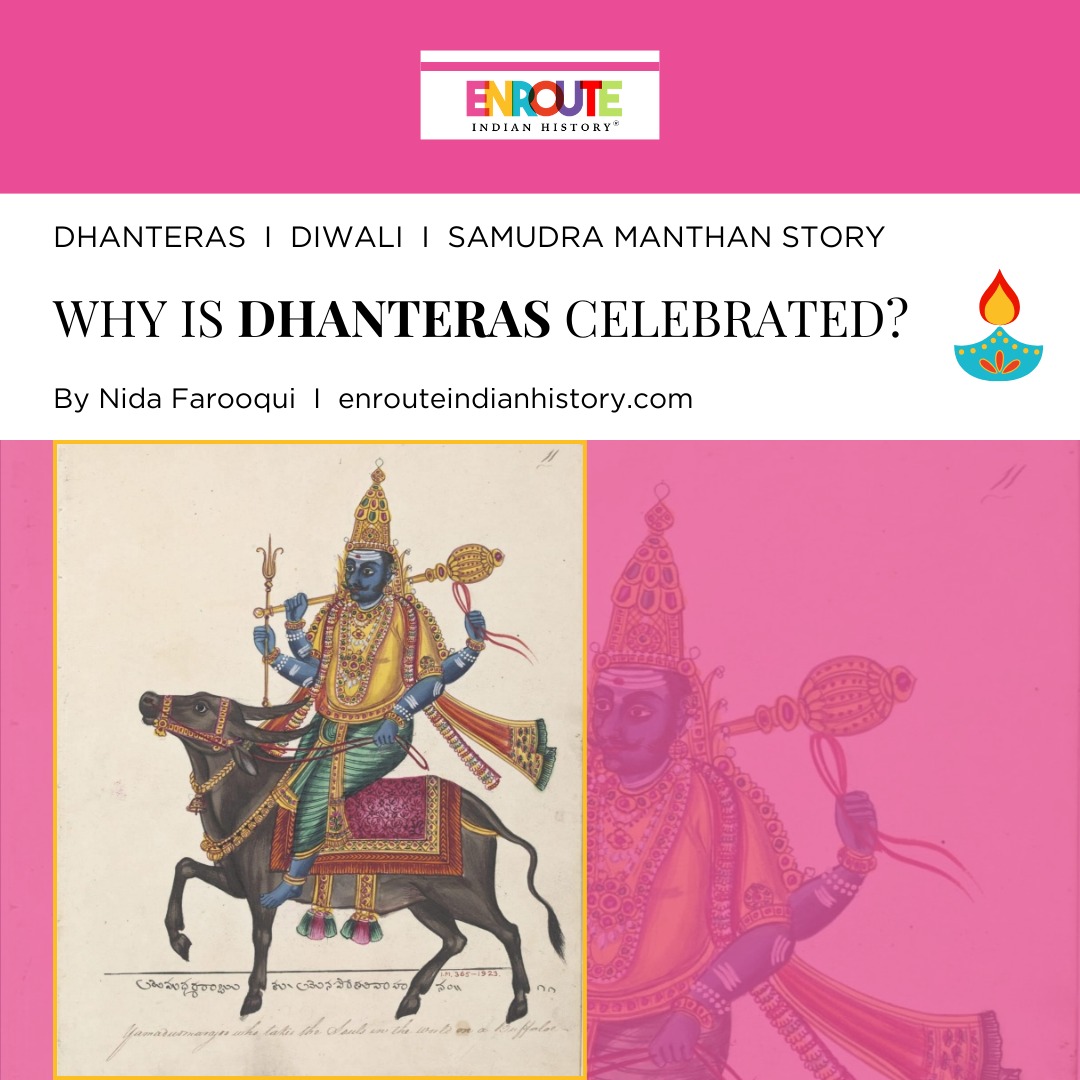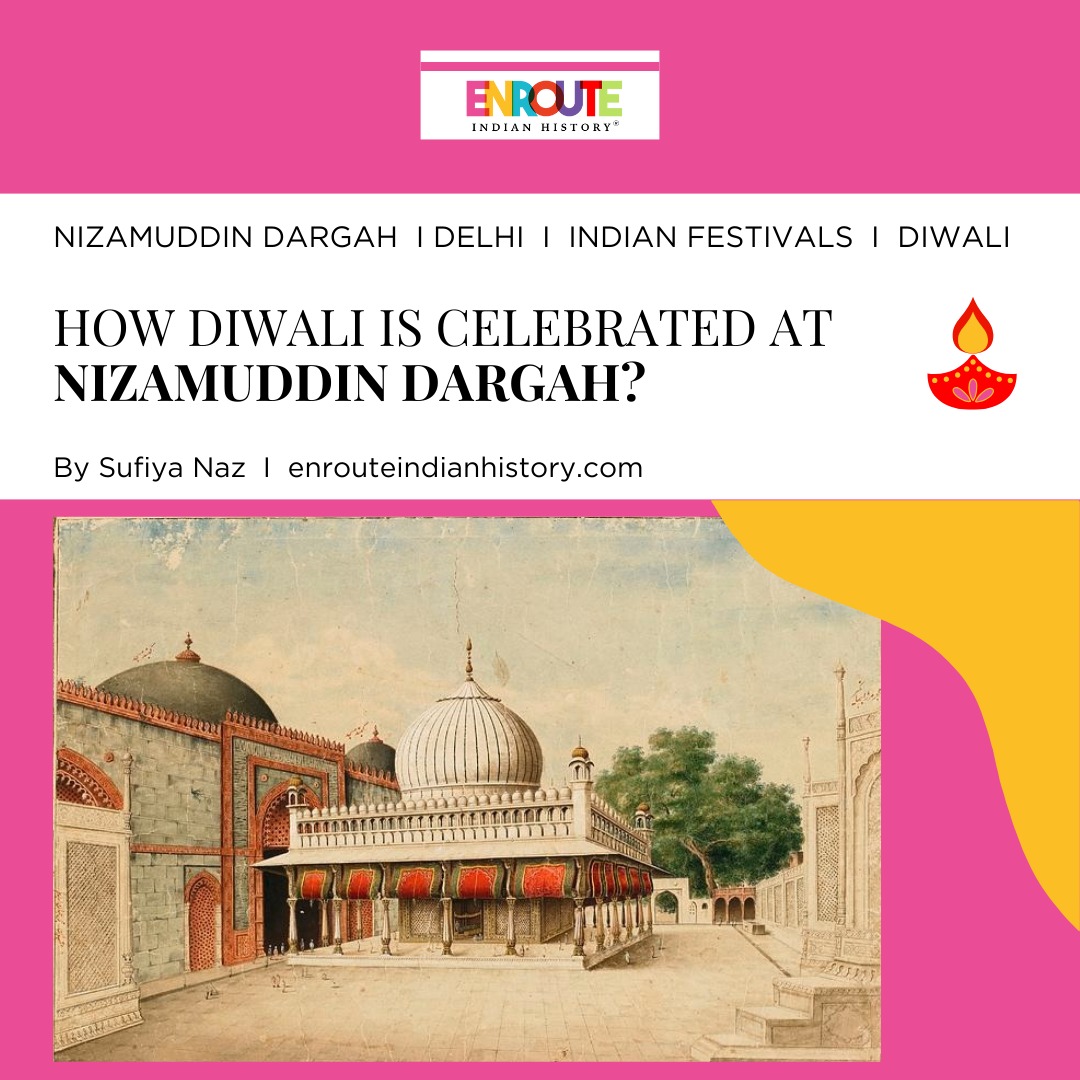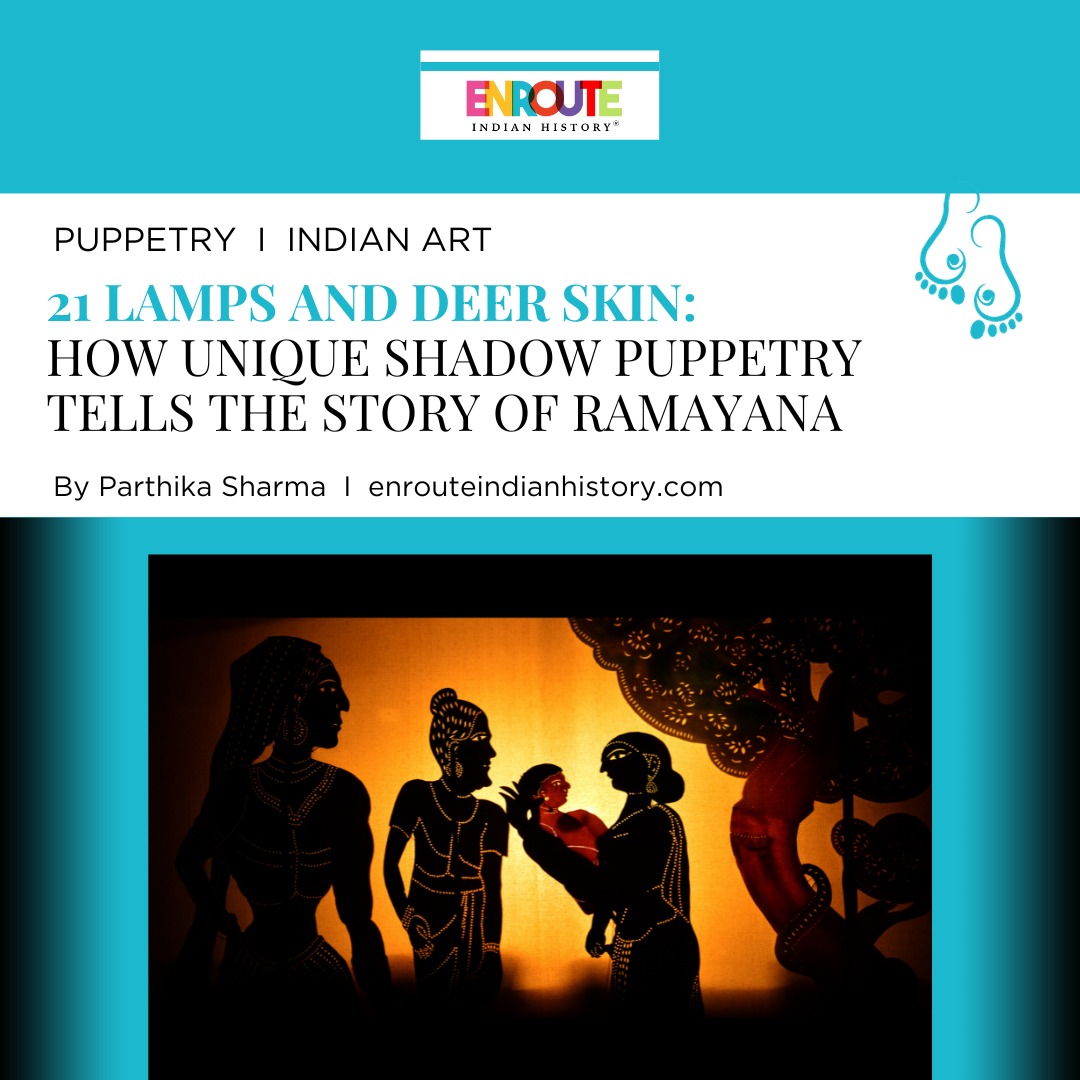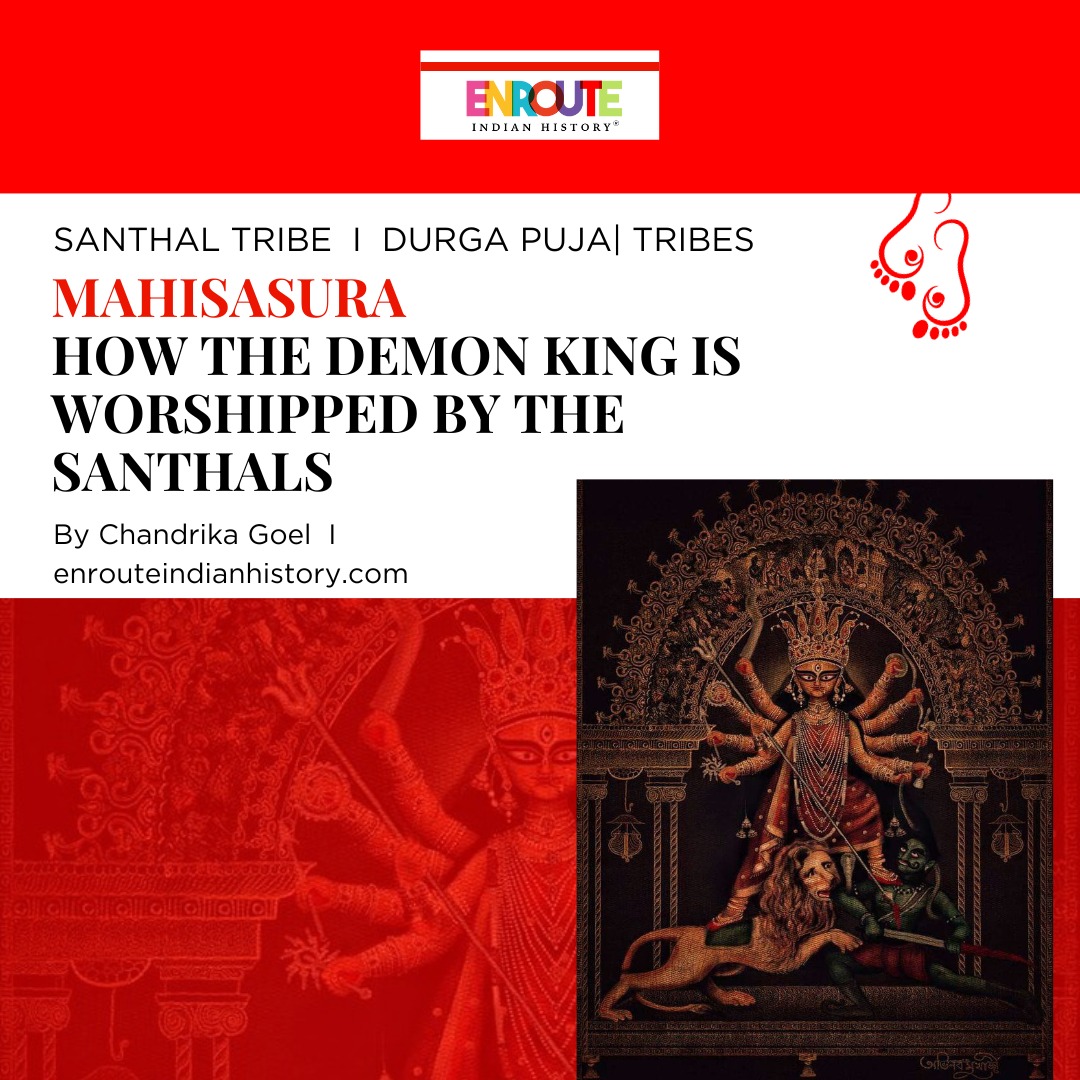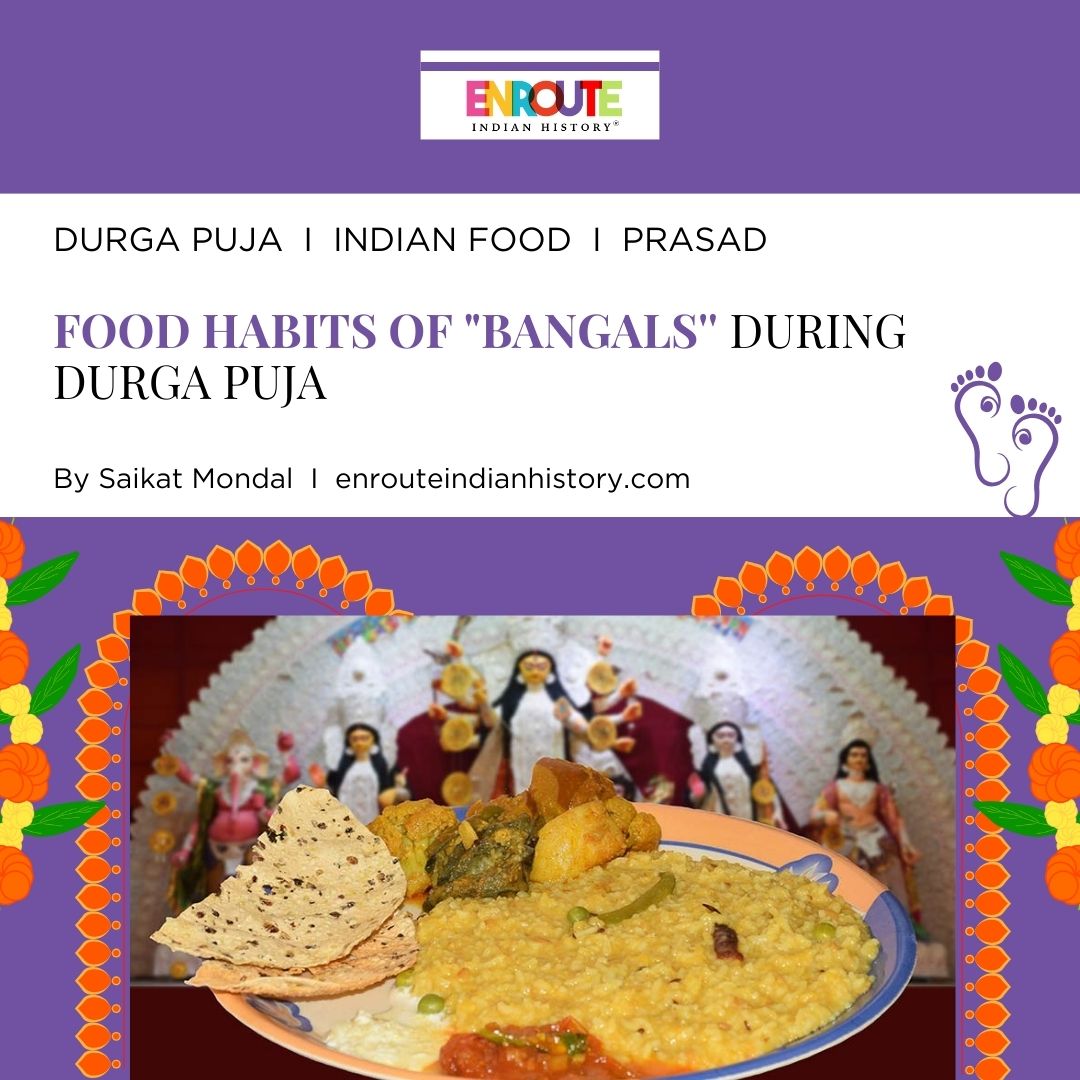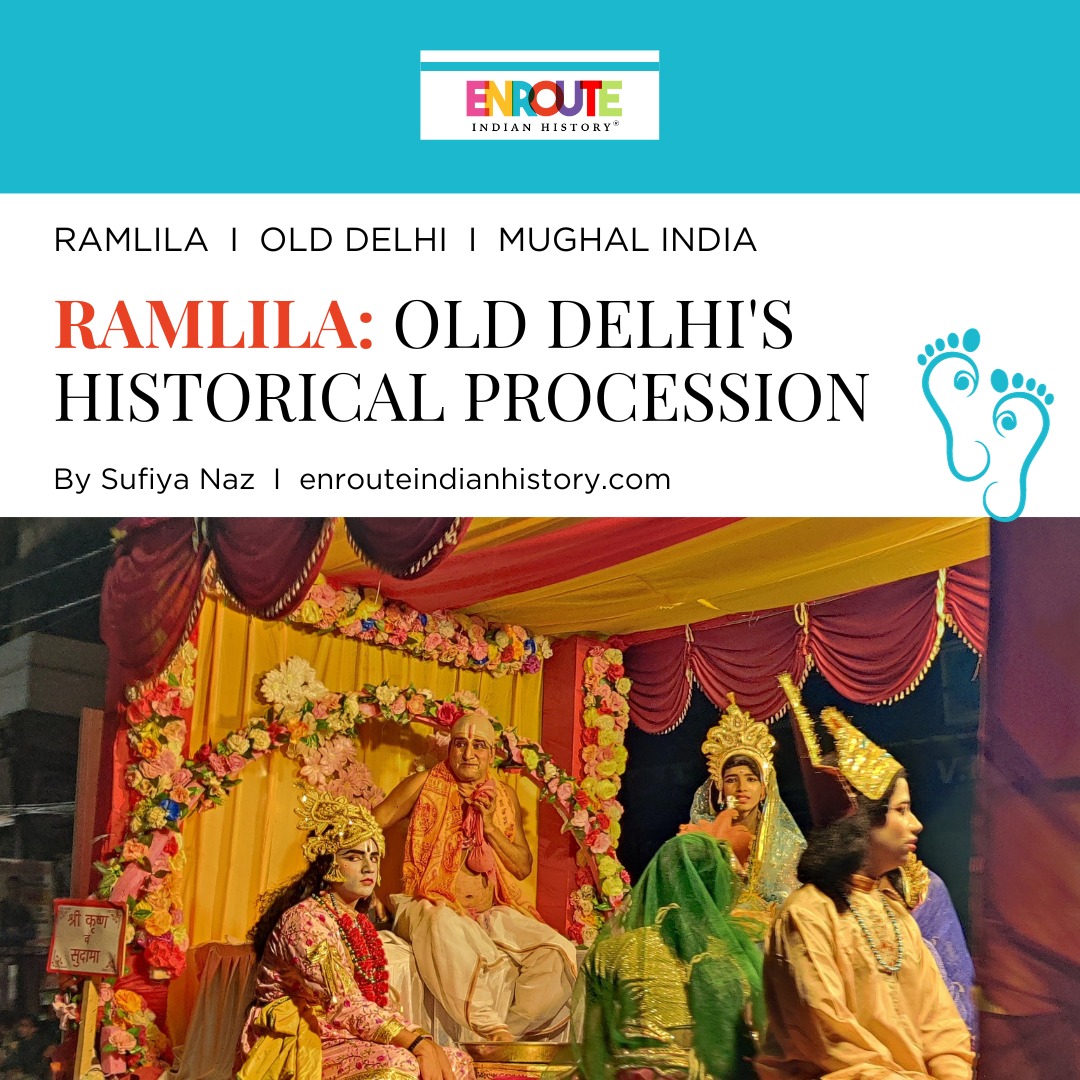10 Days in The City of Joy : A cheatsheet to enjoy Durga Puja in Kolkata
- enrouteI
- October 29, 2023
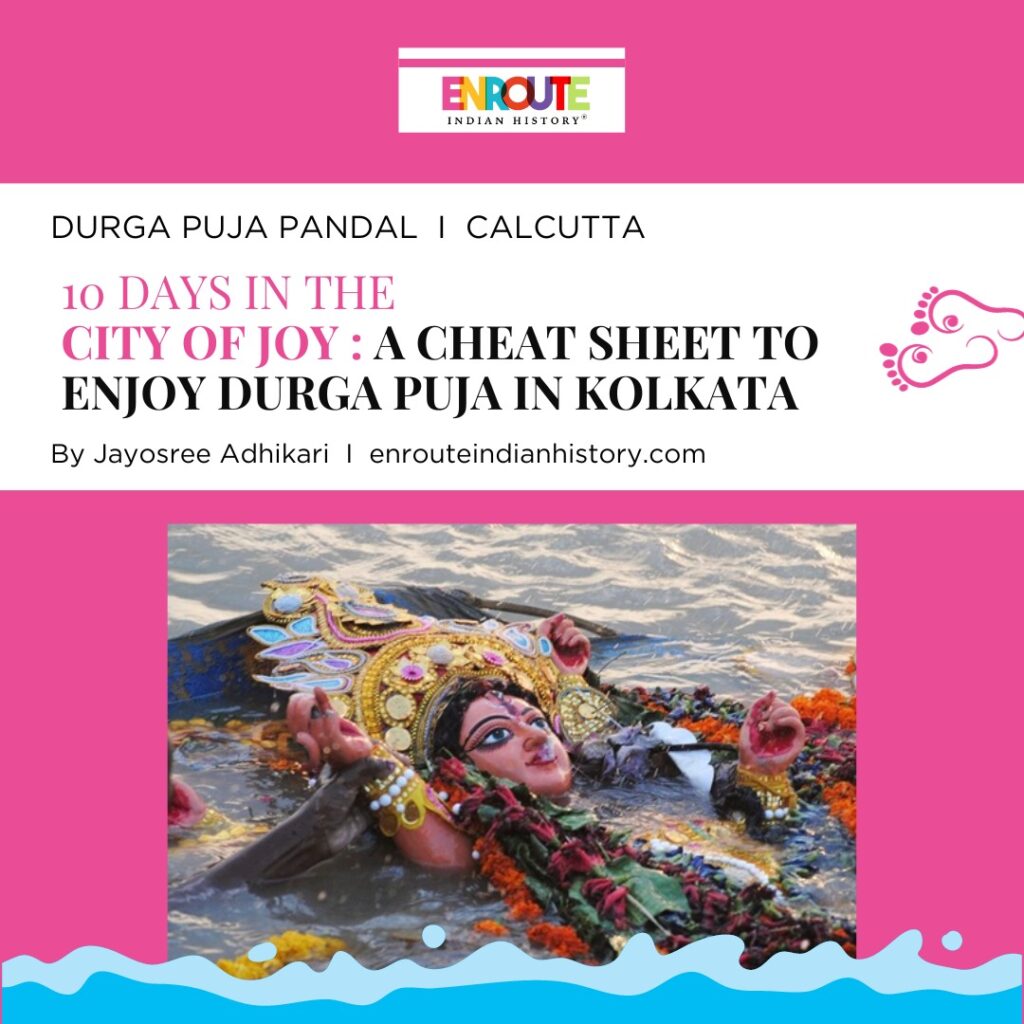
With the onset of the months of September and October, Bengal turns more magnificently beautiful. The cotton-clad sky, the bountiful spread of ever beautiful ‘Kash ful’(Kans Grass), and the intoxicating smell of ‘Shiuli ful’(night-flowering jasmine) is an early call from “Maa Durga”(Mother Goddess) that she along with her four children(Kartik, Ganesh, Saraswati, and Lakshmi) is visiting home from Kailash. Hence, the whole of Bengal gets decked up to celebrate Maa Durga’s homecoming. Started as early as 1480 CE by King Kangsha Narayana at Ramrama village in Tahirpur now in Bangladesh, ‘Durga Puja’ holds an extraordinary place in every Bengali’s heart. Kolkata (known as “the city of joy”) plays an integral role in celebrating Durga Puja as the city gets decked up with colourful light and large crowds of people pandal hopping through the streets visiting the magnificent Durga Puja pandals. The people of Kolkata get so gaga over Durga Puja that the city never sleeps during this time of the year.
“Maa Esechen”- The arrival of Mother Durga

Birendra Krishna Bhadra- The Voice of MahisasuraMardini
‘Mahalaya’ marks the beginning of the arrival of Goddess Durga on ‘Prithvi Lok’(Earth). This day is celebrated very early in the morning when elders in order to keep up with their traditions and children with dreamy eyes wake up around 4 AM to listen to Birendra Krishna Bhadra’s “Mahisashura Mardini”. A ritual that started 90 years ago in every Bengali household, listening to this beautiful masterpiece of Maa Durga’s victory over Mahisasur marks the beginning of Durga Puja celebrations. The succeeding days are marked in preparation for the upcoming celebration. Shopping malls, salons, and parlours in Kolkata are overcrowded with people doing their last-minute bits. The pandal makers and the idol makers give their final touch-up to their works of art as we move towards ‘Sasthi’, the sixth day when the actual celebration of Durga Puja begins.
The next five days starting from ‘Sasthi’, Devi Durga is worshipped in many ways. During ‘Sasthi’ or the sixth day the face of the Durga idol is unveiled followed by the practice of rituals such as ‘Kalparambha’(beginning of the puja), ‘bodhon’(infusing life into the Durga idol), ‘astradhaan’(idol adorned with 10 weapons), amontron (Maa Durga is invited to stay) and finally Odhibash (purifying the stay of the Goddess in the pandal). Saptami or the seventh day begins with the ‘Navpatrika Puja’ that includes the worship of nine leaves as well the worship of ‘Kola Bou’ (banana tree bride). The event begins early in the morning when the banana tree is bathed in sacred water and then dressed in a saree. The saree-clad banana tree also known as ‘Kola Bou’ symbolizes the wife of Lord Ganesha is worshipped and placed beside him. Navapatrika, also known as the worship of nine leaves is followed after the ‘Kola Bou’ ritual, which represents the nine forms of Shakti — Brahmani (banana), Kalika (colocasia), Durga (turmeric), Kartiki (jayanti), Shiva (wood apple), Raktadantika (pomegranate), Sokrahita (Ashoka), Chamunda (arum) and Lakshmi (paddy).
Ashtami or the eighth day is the most important day during the Durga Puja celebrations where people observe fast and offer ‘Pushpanjali’ (offering of flowers) to Devi Durga. During the transition from ‘Ashtami’ to ‘Navami’(ninth day), ‘Sandhi Puja’ is conducted which marks the Goddess’s powers at its highest as well as symbolizes the victory of good over evil. The ninth day or ‘Navami’ marks the victory of Devi Durga over Mahisasur and sets the foundation for new beginnings. The final day is known as ‘Vijayadashami’, where Devi Durga bids farewell to Prithvi Lok and begins her journey along with her four children to Kailash.
Pandal Hopping : The must visit pandals of Kolkata

Kashi Bose Lane Durga Puja.
Although the main puja begins in ‘Sasthi’, the celebration in the City of Joy begins on the day of ‘Mahalaya’ where the city is covered in dazzling lights and magnificent pandals. For a fellow in Kolkata, Pandal hopping is one of the prime rituals during this Durga puja festival. Bengalis are known to be genetically lazy, however during these ten days, a different kind of energy gets into the body of every Bengali as old, young, men, and women all come together to walk the streets through the streets of Kolkata and stand in long ques to visit different pandals. The pandals also come out with unique themes every year ranging from social issues to bringing ‘Burj Khalifa’ to Kolkata. This year the Pandal that stands out the most is the Kashi Bose Lane Puja pandal which discusses girl child abuse. The striking feature of this pandal is that the idol of Devi Durga is colourless (signifying how a girl loses her happiness after she suffers from abuse) and the red saree of the goddess is clad around a victim giving her strength to fight the evils. The Pandal has beautifully shared a message through the eyes of Devi Durga that we should respect the women and children in our society just as we worship our Goddess. Sreebhumi Puja pandal just like every year has been able to attract a huge population of crowd. This year Sreebhumi not only brought Disneyland all the way from the United States but also brought the great football player Ronaldinho all the way from Brazil. Sreebhumi’s clever plot of bringing a football player among the football-crazy Bengalis was able to create long queues in this pandal.

Sovabazar Rajbari Durga Puja.
Another important attraction during this festive season is the ‘Bonedi Bari’ (traditional Bengali household) Durga Puja. These traditional Bengali households have celebrated Durga Puja for many centuries and visiting these places is nothing less than a trip through history. Sovabazar Rajbari is one such household that has maintained its distinguished identity. The grand scale celebration of Durga Puja in this household began at the time of Raja Nabakrishna Deb in 1757, since then this household has been able to keep up with this tradition to these modern times opening their gates to the masses. A special feature of the Durga idol in this household is that instead of the face of the lion, a horse’s face can be seen here as Ma Durga’s companion. The house of Sabarna Roy Chowdhury is the place for the city’s oldest Durga Puja. Stepping into 414 this year, this household follows Durga puja rituals according to ‘Durgabhaktitarangin’ written by Kakil Vidyapati. The uniqueness of the idol is that the colour of Devi Durga is reddish or of a light golden hue as mentioned in ‘Durgabhaktitarangini’. Another important puja is celebrated in the house of Rani Rashmoni which started during the British era. The significance of this Puja lies in the fact that this Puja was started by a low-caste female zamindar Rani Rashmoni and during that she received a lot of backlash for conducting the Durga puja. However, this Puja stood the test of time, and this house did not lose its significance. An interesting fact about the Durga idol of this household is that it is built by Muslim artisans and the colour of Devi Durga’s skin resembles that of the stem of a Shiuli flower.

The Chacha selling ‘attar’ in front of Sovabazar Rajbari.
Durga puja is also a source of livelihood for many people, surrounding these pandals many hawkers come and set up their shops selling various items like food, utensils, stationaries, and so on. A unique item that is sold by a Chacha(uncle) is the sweet-smelling ‘attar’(essential oil), who for the last 20-30 years has been selling this item during this time of the year in front of the Sovabazar Rajbari. During these days of pandal hopping one should keep in mind carrying a water bottle, and fancy shoes is a no-no and always follow the traffic protocols as accidents are quite frequent during this time.
The Final Goodbye: Immersion of the Durga Idol

Immersion of Durga Idols.
‘Dashami’ or the tenth day marks the end of this Puja festivities. On this day women in their ‘Laal paad sada saree’ (white saree in red lining) come together to celebrate ‘Sindorkhela’(playing with red vermillion) where married women apply red vermillion on Ma Durga’s face as they bid farewell to the Goddess. As she leaves her ‘Baper Bari’(father’s home which is represented by us), devotees and people from all walks of life come together to say a final goodbye to Maa as she leaves for Kailash. Here, again for the final time competing pandal committees join together to immerse their respective Durga idols. We witness a unique event as everyone indulges in the ‘Bhasan dance’( dance before immersion of the Durga idol). It is unique in the sense that nobody is sad as it would make the Goddess sad and she would not be able to return to Kailash. As the immersion of the idol is conducted the people call in a joyous tone ‘Asche bochor abar hobe’ ( Maa is going to come again next year), comforting Ma Durga of the incoming happy days as she leaves her place. After Maa leaves her abode the city suddenly becomes quiet and the people of the city begin counting the number of days left before Maa Durga visits Prithvi Lok again.
Image Source
- Clicked by me
- https://www.google.com/url?sa=i&url=https%3A%2F%2Fm.economictimes.com%2Fmagazines%2Fpanache%2Fbirendra-krishna-bhadra-divine-voice-heralding-mahalaya-chant-for-generations-of-bengalis-for-more-than-90-years%2Farticleshow%2F94420610.cms&psig=AOvVaw3nYbrIzXAt6r3jc43PPS4l&ust=1698067667374000&source=images&cd=vfe&opi=89978449&ved=0CAUQjB1qFwoTCLi1zorhiYIDFQAAAAAdAAAAABAE
- https://randomwalkshome.files.wordpress.com/2019/03/image-2.png
- https://www.google.com/url?sa=i&url=https%3A%2F%2Fhindi.nativeplanet.com%2Ftravel-guide%2Fdurga-puja-2023-kolkata-kashi-bose-lane-theme-on-girl-child-trafficking-and-rape-victim-005585.html&psig=AOvVaw3aCKevGC_m_buxwbRtj5hq&ust=1698068049792000&source=images&cd=vfe&opi=89978449&ved=0CAUQjB1qFwoTCICK-sDiiYIDFQAAAAAdAAAAABAY
- Clicked by me.
- Clicked by me
- https://im.indiatimes.in/media/content/2019/Oct/idol_immersion_1570088979_725x725.jpg
Bibliography:
- Aginhotri, Akangsha, “Durga Puja Calender 2023: Significance, Celebrations of each day of Durga Puja, rituals and all you need to know”, The Hindustan Times, October 21, 2023.
- Onu, Tareq, Tahirpur: “The Fabled birthplace of Durga Puja in Bengal”, The Business Standards, September 30, 2022.
- October 29, 2023
- 9 Min Read
- October 29, 2023
- 6 Min Read
- October 27, 2023
- 9 Min Read


